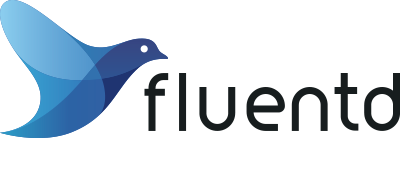Homelab Backup Operator Part I: RBAC permission issues
As I’ve mentioned in my last k8s migration post, I’m working on writing a Homelab backup operator for my Kubernetes cluster. And I’ve run into some RBAC/permission issues I can’t quite figure out. So let’s see whether writing about it helps. 🙂 First, a short overview of the plan. I’m using the kopf framework to build a Kubernetes operator. This operator’s main goal is to handle HomelabServiceBackup resources. These will contain a list of PersitentVolumeClaims and S3 buckets which need to be backed up. I intend for there to be one HomelabServiceBackup object for every service, located in the service’s Namespace. ...

